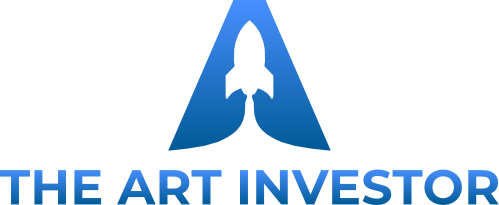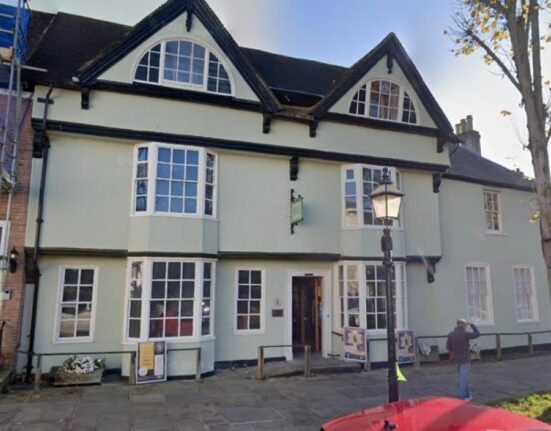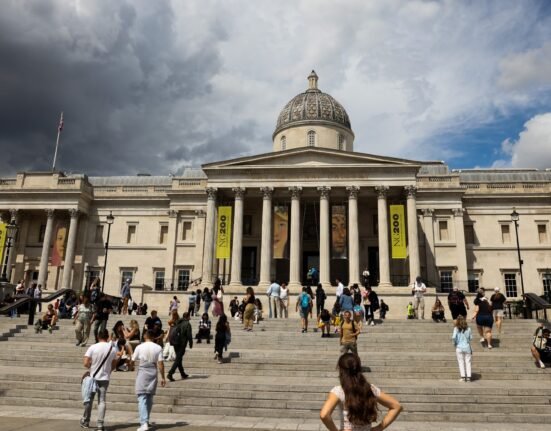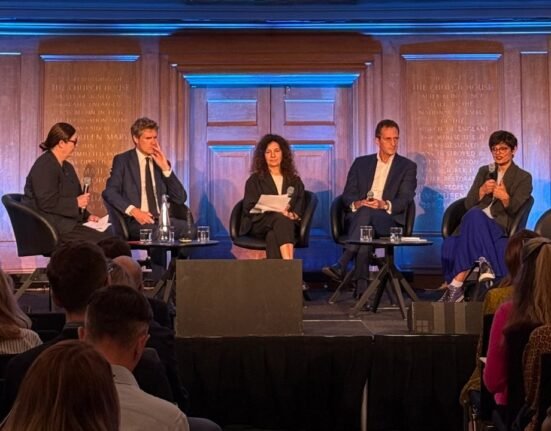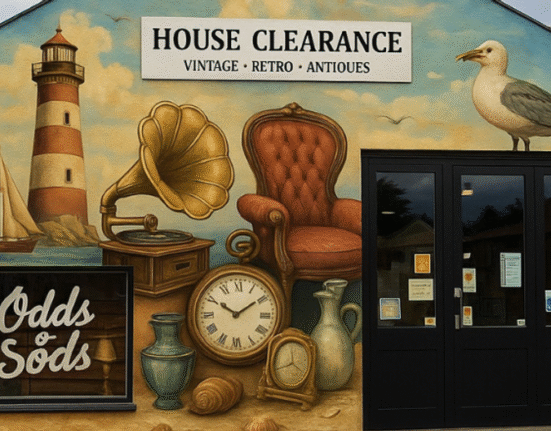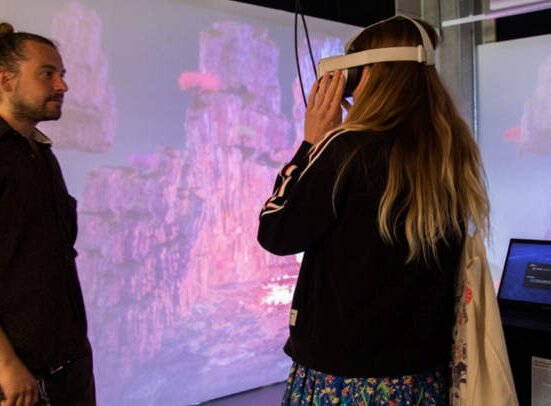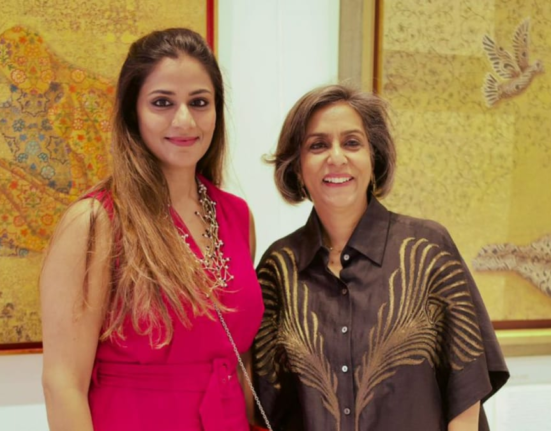Right now, the traditional art market is dipping their toe into digital fine art. More and more people can see the value of blockchain technology when it comes to recording provenance data for traditional art. I think this year we’ll see new platforms that enable artists who paint on physical canvas to record their provenance on the blockchain.
I also see digital artists continuing to create physical works to accompany digital art. For example, Tyler Hobbs’s Fidenza NFTs come with a signed print. That’s important right now because the digital displays are getting there, but they’re not yet at a price that most people can afford.
I think something that will really drive the next wave of digital art collecting is beautiful in-home displays. We’re investing in in companies that are creating great displays, and it’s also great to see some of the biggest screen makers in the world like Samsung embrace this technology and engineer their products to be more friendly to digital art display.
How do you find new artists?
CDM: It’s a challenge. I’ve found a surprising number of artists through them commenting on my Tweets. And I encourage people to do so. I’ve been meaning to do a post on my Hall of Fame of Missed Direct Messages. I have many missed DMs from artists that have since had huge breakouts.
I also like to ask artists who they’re into. I found Sam Spratt through FEWOCiOUS, who tweeted about him. And then I saw FEWO placing bids on Sam’s I. Birth of Luci. And I thought, Wow, this is captivating. It was the last half hour of the auction. There were three people going for it. I quickly looked up Sam and saw the work he had done with amazing musicians. He had a lot of depth to his style, and seeing FEWO bidding was also a big sign for me because talent recognises talent.
I bid on it and won. That was the first piece of his I acquired. It led me to a great friendship with Sam and to later acquire his VII. Wormfood at Christie’s.
